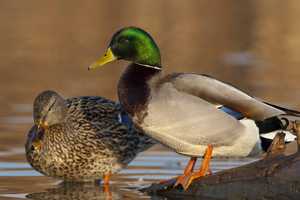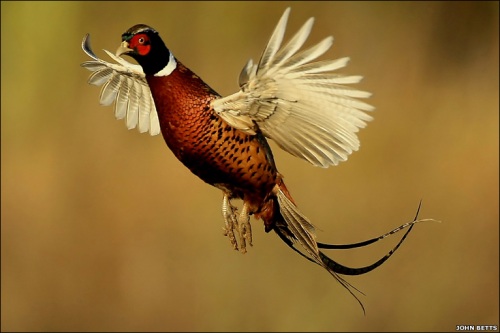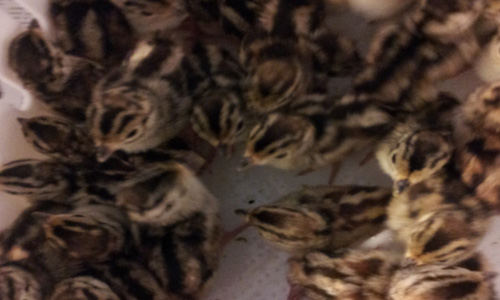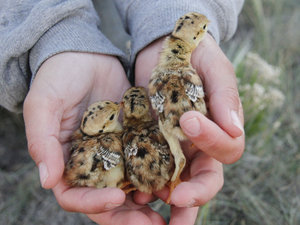Water Fowl, Water, and Avian Influenza
Wild ducks continue to be the top suspects for new outbreaks of highly pathogenic avian influenza (AI) that have occurred in the western and central United States. While migrating waterfowl may not be responsible for the spread of the disease within small regional areas, the large distances between outbreak areas continue to lead experts in the field to believe that wild ducks are the most likely carrier.







